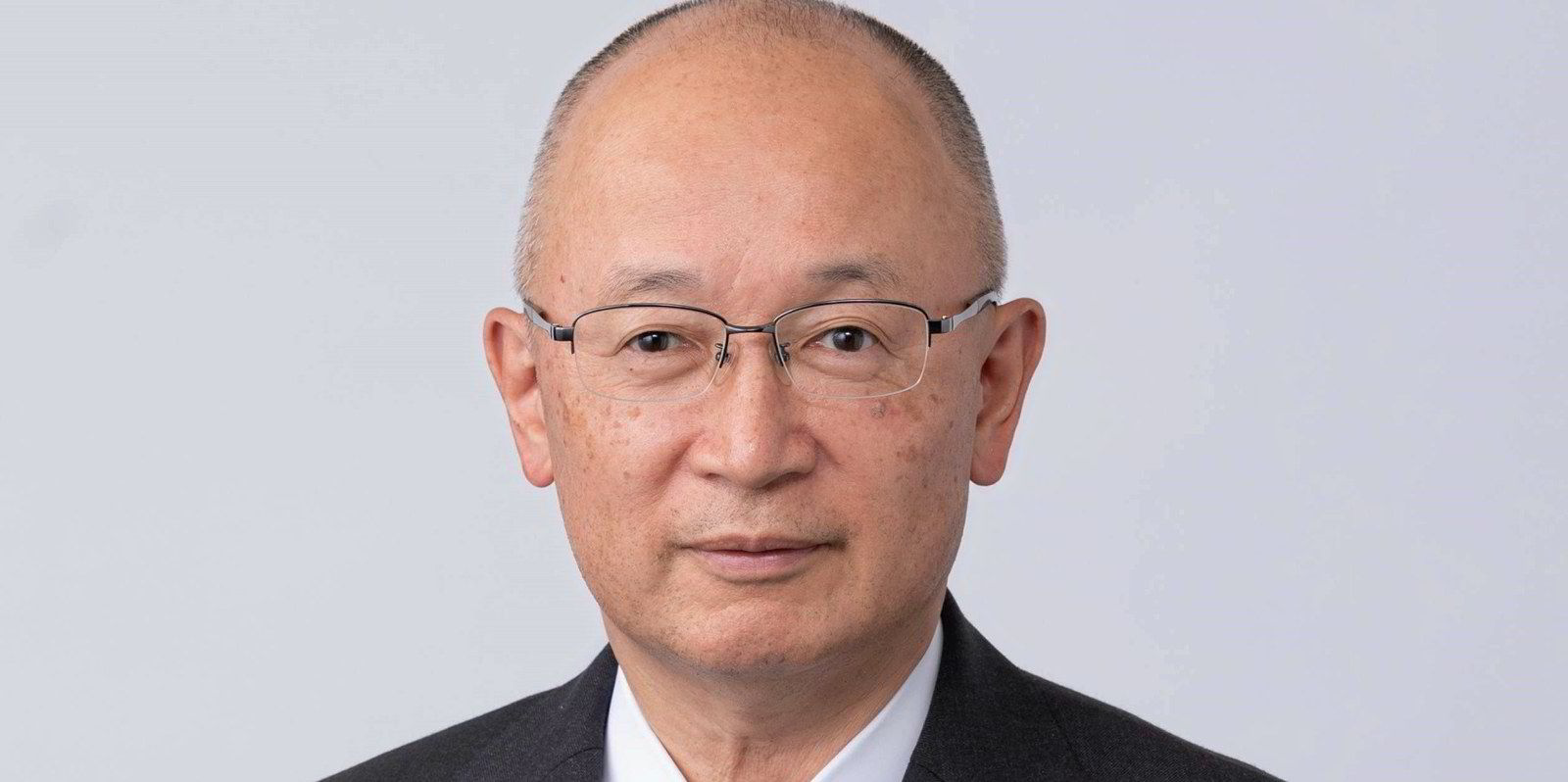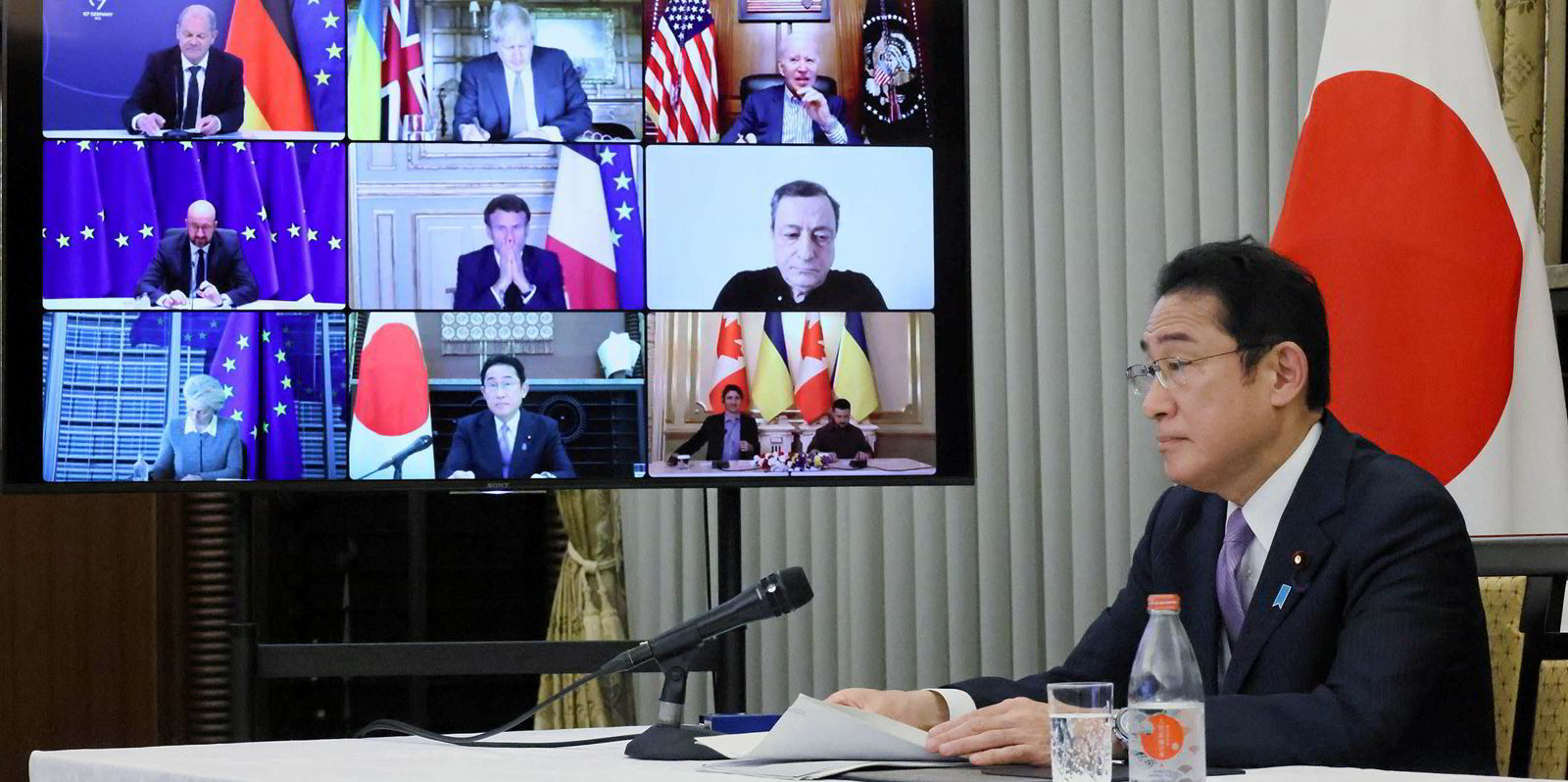Japanese shipowner Mitsui OSK Lines has signed a fresh long-term charter of an existing LNG carrier with the new Russian operator of the Sakhalin-2 LNG project effectively extending the ship’s work with the liquefaction scheme.
MOL named the vessel as the 147,200-cbm Grand Mereya (built 2008) in which it has a 60% lead shareholding. Compatriot owner K Line holds the balance in the vessel.
The contract with newly named Sakhalin Energy, which was taken under Russian control in June, was signed on Tuesday.
Energy major Shell formerly had a 27.5% stake in the former project operator Sakhalin Energy Investment Co (SEIC) with Japanese trading houses controlling 22.5%. But Shell effectively lost its interests in the project when Russia took back full control amid the fallout from the country's invasion of Ukraine in February.
MOL said Grand Mereya had previously been transporting LNG from the project under a long-term charter contract with SEIC and will continue the same services with the project’s new controlling entity.
The Japanese owner said that in inking the deal it complied with sanctions imposed by the international community and that it continued to consult with various parties, including the Japanese government and project partners.
In July MOL chief executive Takeshi Hashimoto said Japan had no option but to keep importing Russian LNG, due to the lack of viable alternatives for the country.
Both Japanese trading giant Jera and Tokyo Gas have signed long-term deals with the new Sakhalin 2 Russian operator to buy LNG. Mitsui & Co and Mitsubishi Co retain stakes in the project.
Five LNG carriers were originally fixed on a long-term basis to serve the 10.7 million tonnes per annum Sakhalin 2.
These included three steam-turbine vessels contracted for the project.
Along with Grand Mereya, Japan’s NYK Line and Sovcomflot control the other two vessels, the 147,200-cbm Grand Elena (built 2007) and Grand Aniva (built 2008).
The vessels were ordered in 2004 against 20-year contracts with Sakhalin Energy Investment Co.
The Dynagas LNG Partners-owned, ice-class LNG carriers, the 149,700-cbm Amur River (built 2008) and Ob River (built 2007), were both chartered to Russia’s Gazprom until 2028 and sub-chartered the project.
In June Dynagas said the charters of the Ob River and Amur River (built 2008), which are fixed until 2026 and 2028, have been under the control of Germany’s energy regulator since 4 April after it took control of Gazprom Germania.
The company, the indirect parent of Gazprom Marketing & Trading Singapore, was placed in government hands because it operates critical energy infrastructure in Germany.
In September Germany renamed Gazprom Germania Securing Energy for Europe.






